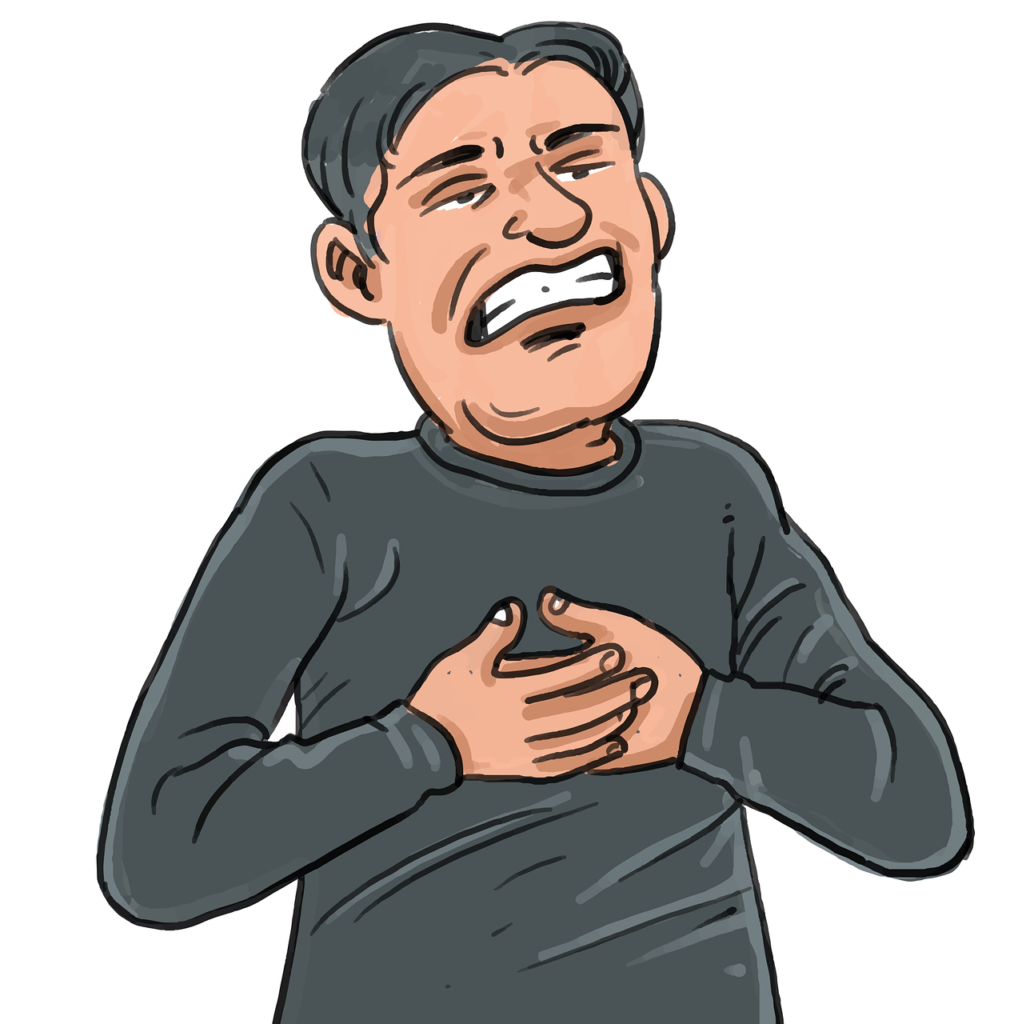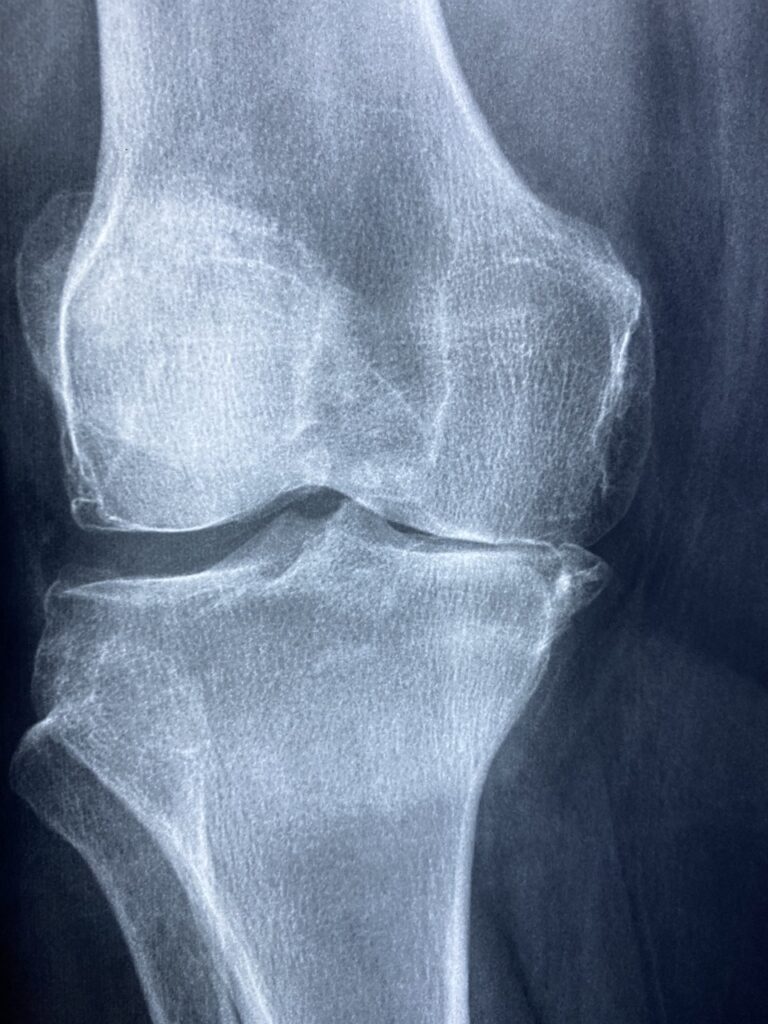Oral cancer, also known as mouth cancer, refers to cancer that develops in the tissues of the mouth or oral cavity. This type of cancer can affect the lips, tongue, gums, palate, floor of the mouth, and other oral structures. Understanding the symptoms, diagnosis, treatment options, and underlying pathophysiology of oral cancer is crucial for early detection and effective management.
What is Oral Cancer? Oral cancer occurs when abnormal cells within the oral cavity grow uncontrollably, forming malignant tumors. These tumors can invade nearby tissues and spread to other parts of the body, leading to serious health complications if left untreated.
Symptoms of Oral Cancer:
- Persistent mouth ulcers or sores that do not heal.
- Red or white patches on the lips, gums, tongue, or lining of the mouth.
- Swelling, lumps, or thickening of the oral tissues.
- Difficulty or pain while chewing, swallowing, or speaking.
- Persistent sore throat or hoarseness.
- Changes in the fit of dentures or oral appliances.
- Numbness or pain in the mouth or lips.
- Unexplained bleeding or numbness in the mouth.
Causes and Risk Factors: Several factors may increase the risk of developing oral cancer, including:
- Tobacco use, including smoking cigarettes, cigars, or pipes, and chewing tobacco.
- Heavy alcohol consumption.
- Human papillomavirus (HPV) infection, particularly HPV-16 and HPV-18.
- Prolonged sun exposure leading to lip cancer.
- Poor oral hygiene and chronic irritation of oral tissues.
- Age, with the risk increasing with advancing age.
- Gender, with men being more likely to develop oral cancer than women.
- Family history of oral cancer or other head and neck cancers.
Diagnosis of Oral Cancer: Diagnosing oral cancer typically involves a combination of physical examinations, imaging studies, and tissue biopsy:
- Physical Examination: Healthcare providers inspect the oral cavity for signs of abnormalities, such as lesions, swelling, or discoloration.
- Biopsy: Removal and analysis of tissue samples (biopsy) from suspicious areas to confirm the presence of cancerous cells.
- Imaging Studies: X-rays, CT scans, MRI scans, or PET scans may be used to assess the extent of tumor growth and detect metastasis (spread) to nearby lymph nodes or other organs.
Pathophysiology of Oral Cancer: The pathophysiology of oral cancer involves the following key processes:
- Initiation: Exposure to carcinogens, such as tobacco smoke or HPV infection, leads to genetic mutations in normal cells within the oral cavity.
- Promotion: Accumulation of additional genetic alterations and cellular changes promotes the growth and proliferation of abnormal cells, forming precancerous lesions or dysplastic tissues.
- Progression: Uncontrolled growth and division of cancerous cells result in the development of malignant tumors within the oral cavity. These tumors may invade surrounding tissues and spread to distant sites through lymphatic or blood circulation.

Pharmacokinetics (PK) and Pharmacodynamics (PD): Pharmacokinetics and pharmacodynamics are not directly applicable to the treatment of oral cancer. However, chemotherapy, targeted therapy, and immunotherapy drugs used in the management of advanced oral cancer exert their effects through complex interactions with cancer cells, including inhibition of cell growth, induction of apoptosis (cell death), and modulation of immune responses.
Treatment Options: The treatment approach for oral cancer depends on various factors, including the stage of cancer, location, size of the tumor, and overall health of the patient:
- Surgery: Surgical removal of the tumor and surrounding tissues, with or without reconstruction of the affected area.
- Radiation Therapy: External beam radiation or brachytherapy to target and destroy cancer cells while minimizing damage to nearby healthy tissues.
- Chemotherapy: Administration of cytotoxic drugs to kill cancer cells or inhibit their growth, often used in combination with surgery or radiation therapy.
- Targeted Therapy: Drugs targeting specific molecular pathways involved in cancer growth and survival, such as EGFR inhibitors or angiogenesis inhibitors.
- Immunotherapy: Treatment with immune checkpoint inhibitors to enhance the body’s immune response against cancer cells, particularly in advanced or recurrent cases.
Non-Pharmacological Treatment: In addition to medical interventions, non-pharmacological approaches may play a supportive role in managing oral cancer:
- Nutritional Support: Adequate nutrition and hydration are essential for maintaining strength, managing treatment side effects, and promoting healing.
- Speech Therapy: Rehabilitation and speech therapy may be necessary to address speech and swallowing difficulties following surgery or radiation therapy.
- Psychosocial Support: Counseling, support groups, and other psychosocial interventions can help patients cope with the emotional and psychological challenges of living with oral cancer and its treatment.
Conclusion: Oral cancer is a serious condition that requires prompt diagnosis and appropriate treatment to achieve the best possible outcomes. By recognizing the symptoms, understanding the risk factors, and undergoing regular dental examinations, individuals can reduce their risk of developing oral cancer or detect it at an early stage when treatment is most effective. Through a combination of medical interventions, including surgery, radiation therapy, chemotherapy, targeted therapy, and supportive care, patients with oral cancer can receive comprehensive treatment tailored to their specific needs and circumstances. Early detection, timely intervention, and ongoing surveillance are essential components of oral cancer management, aiming to improve survival rates and enhance quality of life for affected individuals.




